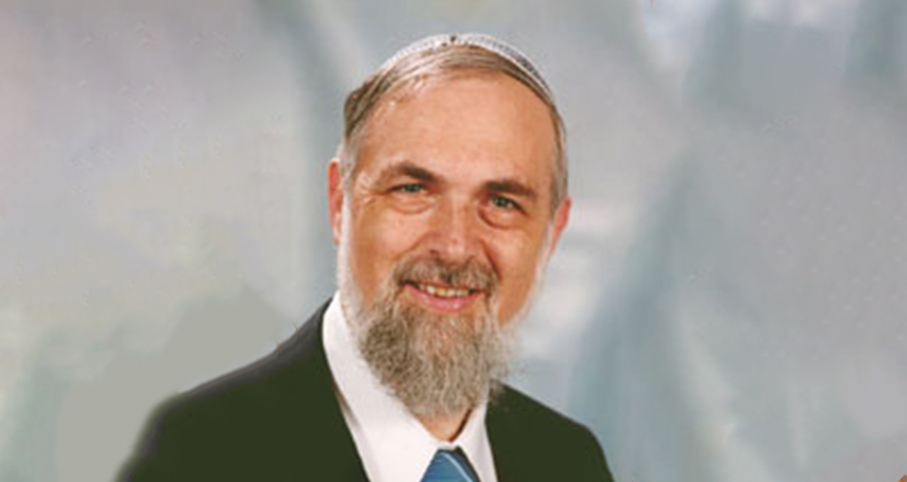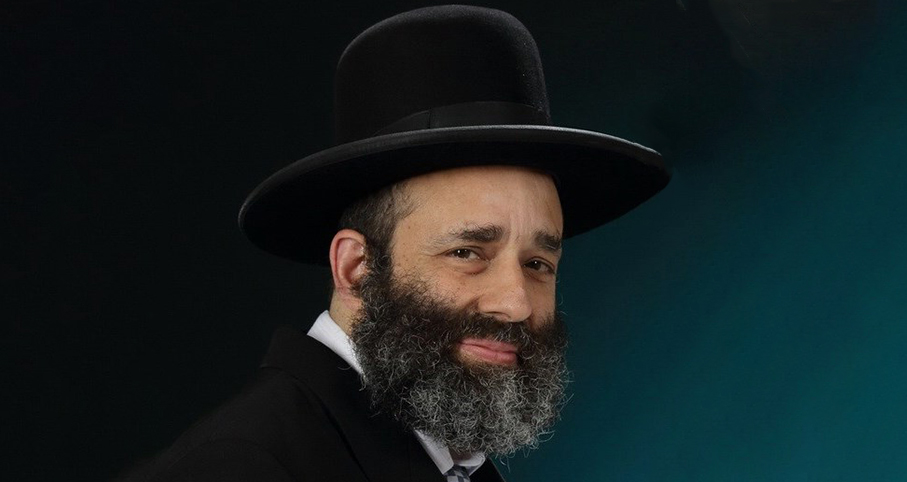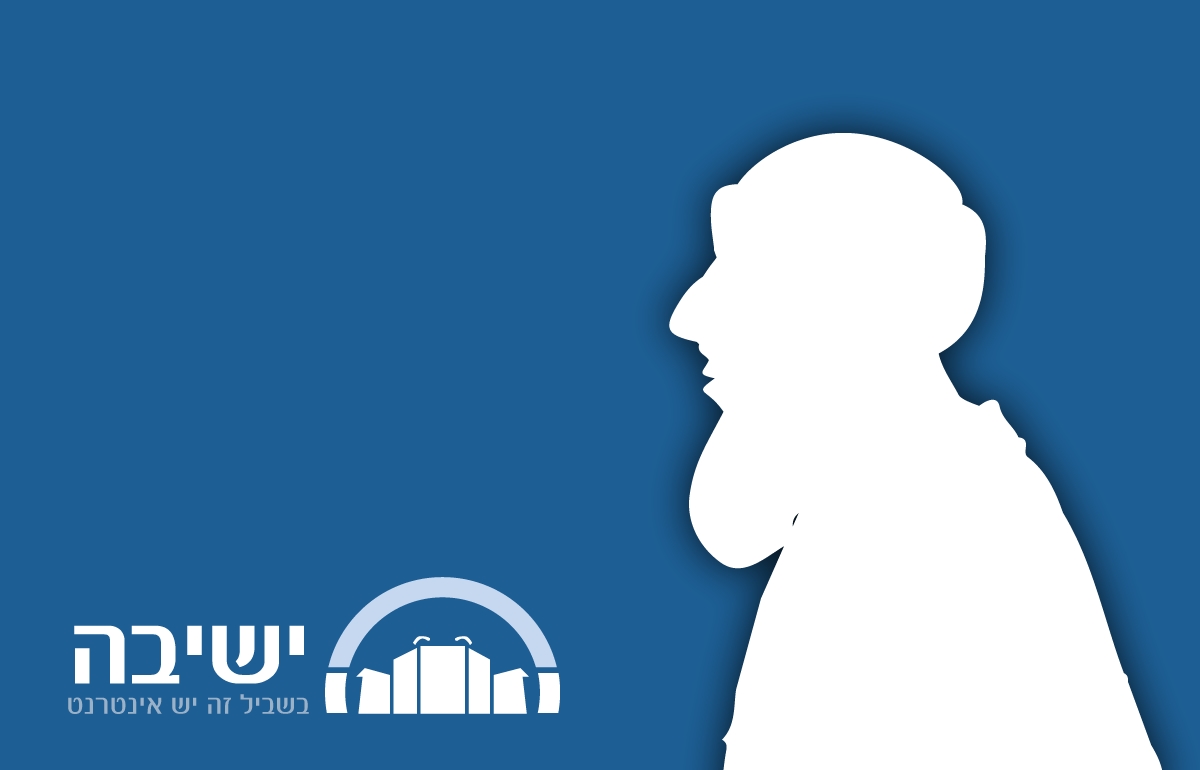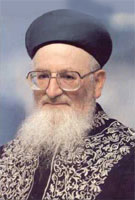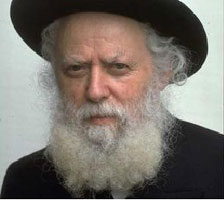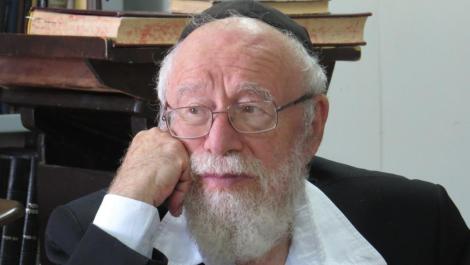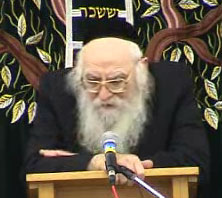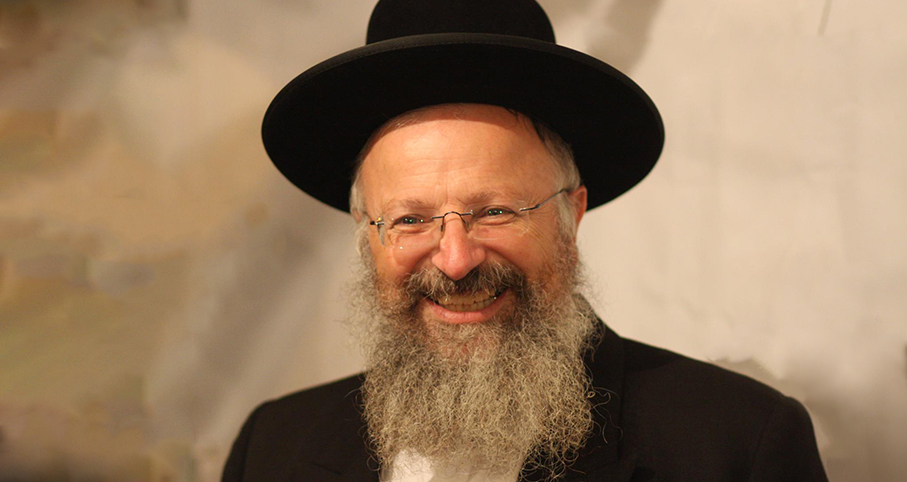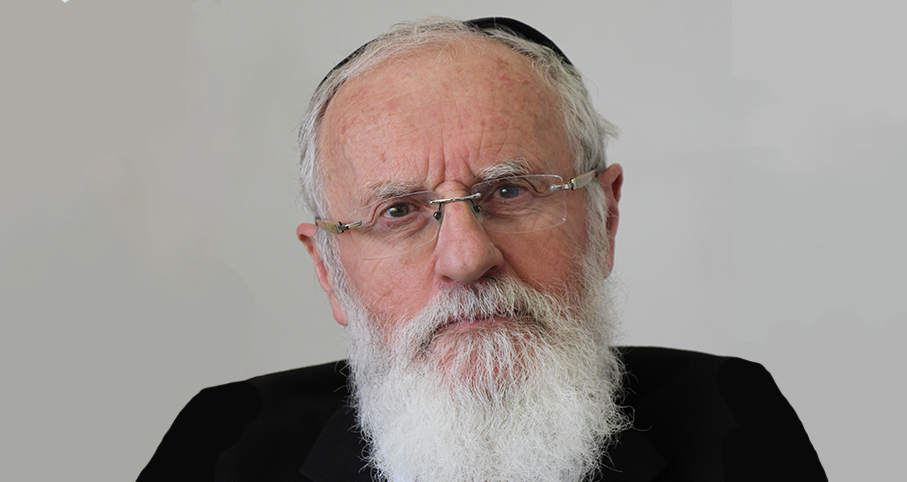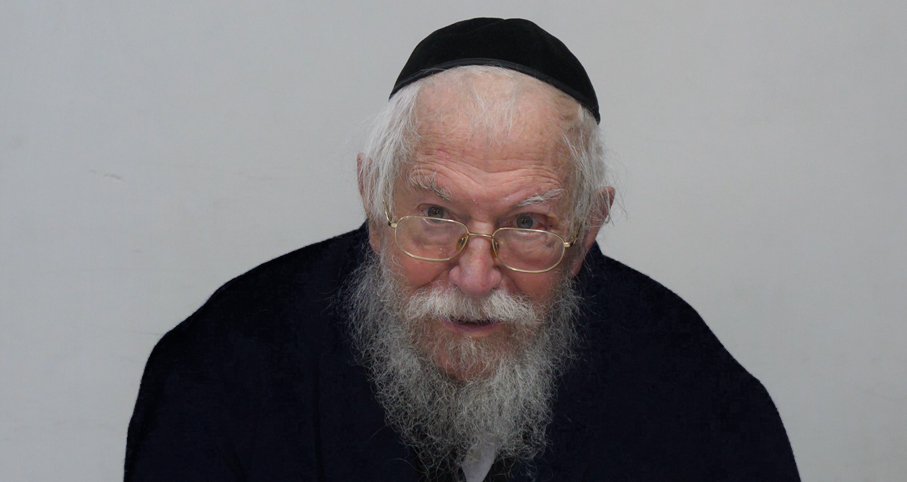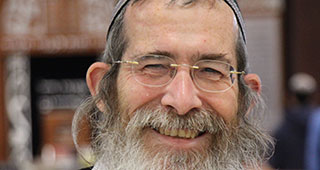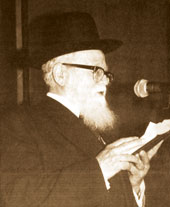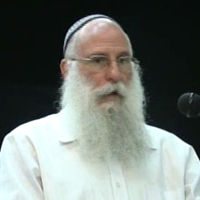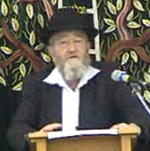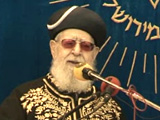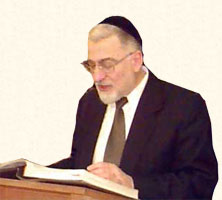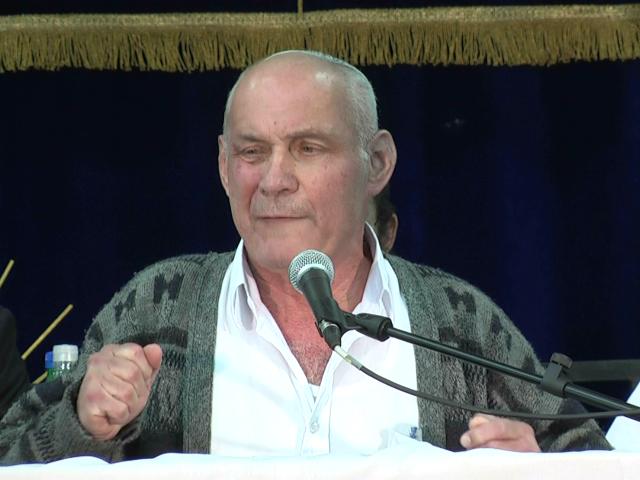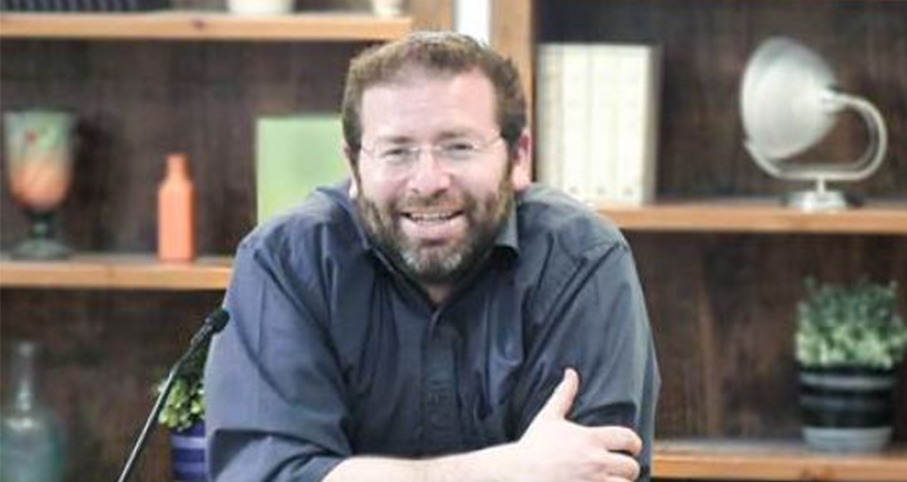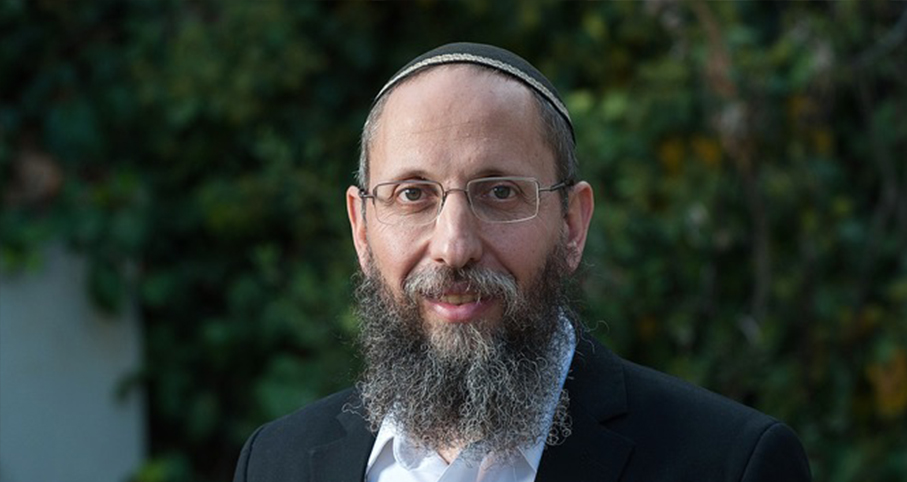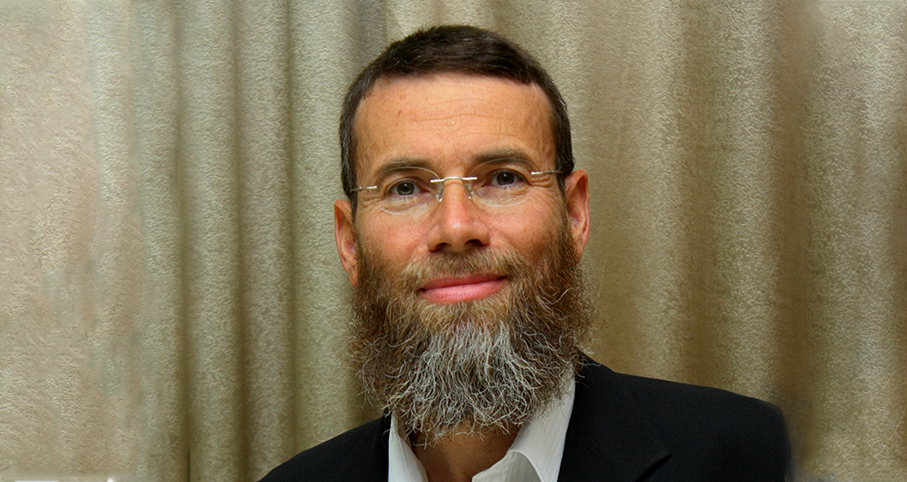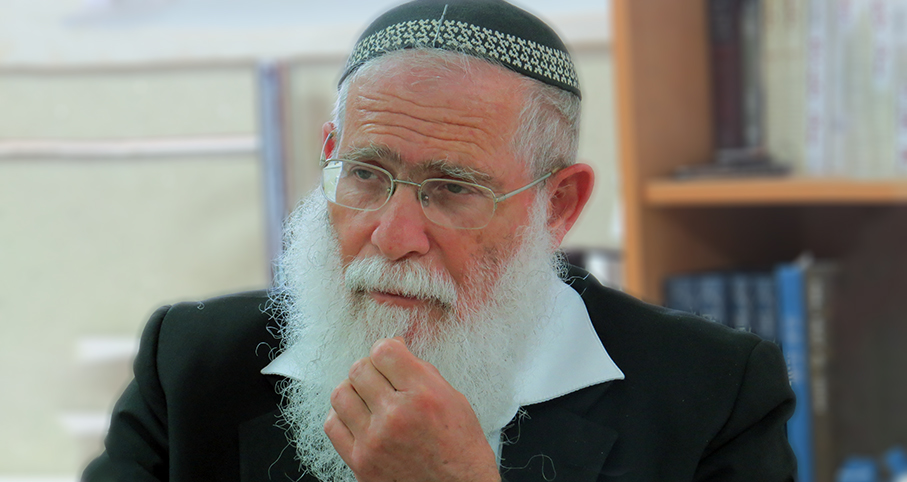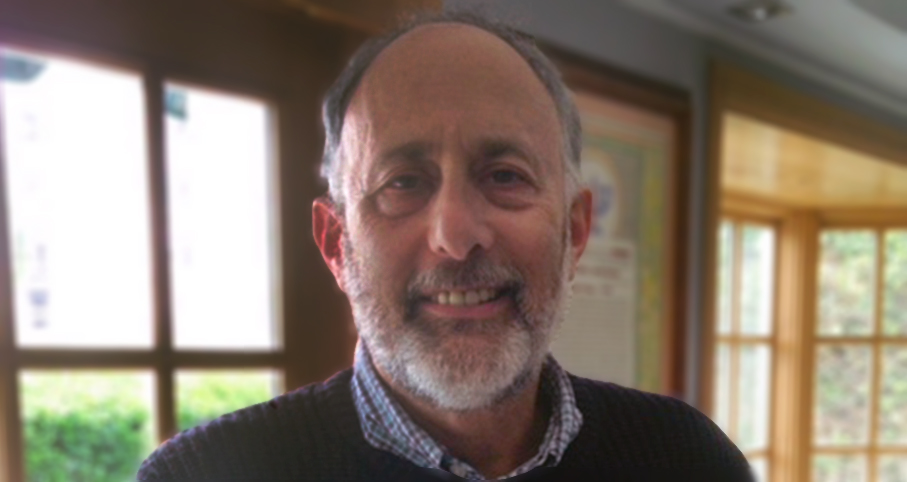Beit Midrash
- Torah Portion and Tanach
- Bereshit
- Noach
The Torah study is dedicatedin the memory of
Hana Bat Haim
Some view tzaddik and tamim as separate adjectives. Ibn Ezra, for one, says that he was righteous in his actions and complete in his intentions. Similarly, the Seforno explains that he was righteous in actions and complete theologically. Avot D’Rabbi Natan explains that he was complete in that he was born circumcised. In contrast, the Ramban understands tamim as an adverb that modifies tzaddik. Specifically, he was completely righteous and thus deserved being spared from the flood.
If Noach was so great, why did he not succeed and apparently not even seriously try to save his generation? According to the opinion that he was great "in his generation," but he would have not been considered great in a different one, the matter is not difficult. However, according to the opinion that he was great despite the difficulties raised by his contemporaries, the question remains why he did not impact on his surroundings.
The Sefat Emet (5652) deals with the gemara’s (Ta’anit 15a) exegesis of the pasuk in Tehillim 97, "Light is planted for the righteous and, for the straight of heart, joy," explaining why light and joy are associated with the righteous and straight, respectively. The level of tzaddik applies after Adam’s sin, when people were either in the category of good or bad. The patriarchs were straight, because they returned to the level of man before the sin. Regarding that time, we say at sheva berachot that Hashem created joy. Joy is thus higher than light. Similarly, he explains, Yom Kippur brings out the tzaddik in a person as he strives to be like angels, whereas on Sukkot one can reach the level of joy by elevating the material world of the harvest season to that of articles of mitzva.
The Lev Simcha explains, based on the Zohar, that Noach feared his generation’s influence on him. That made him a tzaddik, but, as the Sefat Emet says, Avraham was a (classical) chasid, one who is "compassionate with Hashem" and exceeds the minimum requirements, thereby lighting up the path before Hashem (see Bereishit Rabba 30:10). Avraham’s behavior was epitomized by bringing along those who otherwise would not have joined service of Hashem.
Let us return to Yom Kippur and Sukkot. Before Yom Kippur, we grant permission to pray with the sinners so that we can go from the level of "ohr zaruah la’tzaddik" to "l’yishrei lev simcha. On Sukkot, we walk around with the arava, which represents the people who lack good deeds. As Rav Tzvi Yehuda Kook stressed to his students: "There is no mitzva that you can perform with an etrog (representing complete people); you can follow the mitzva of the prophets by holding just aravot."
We need to remind ourselves of this message, now more than ever.
